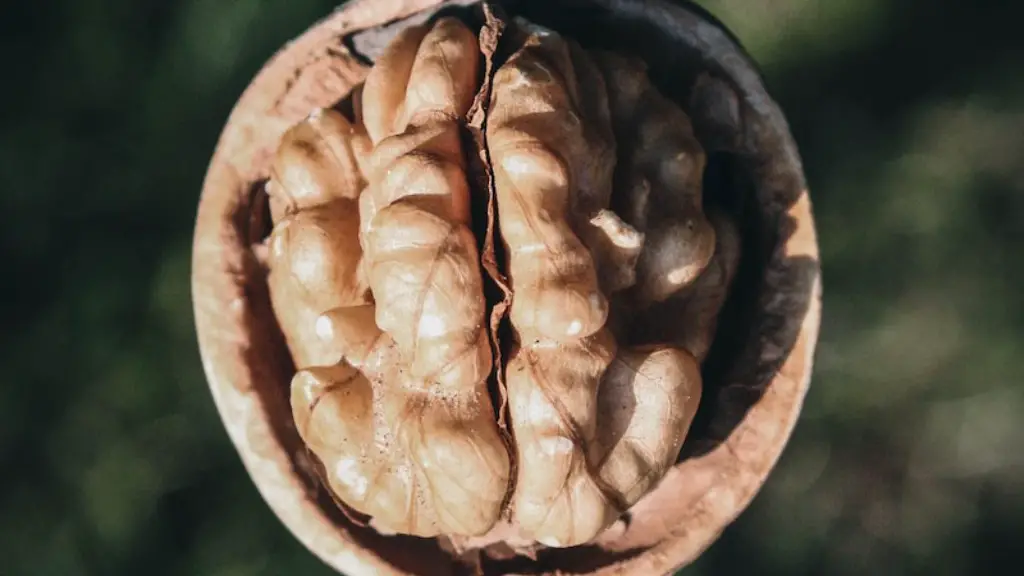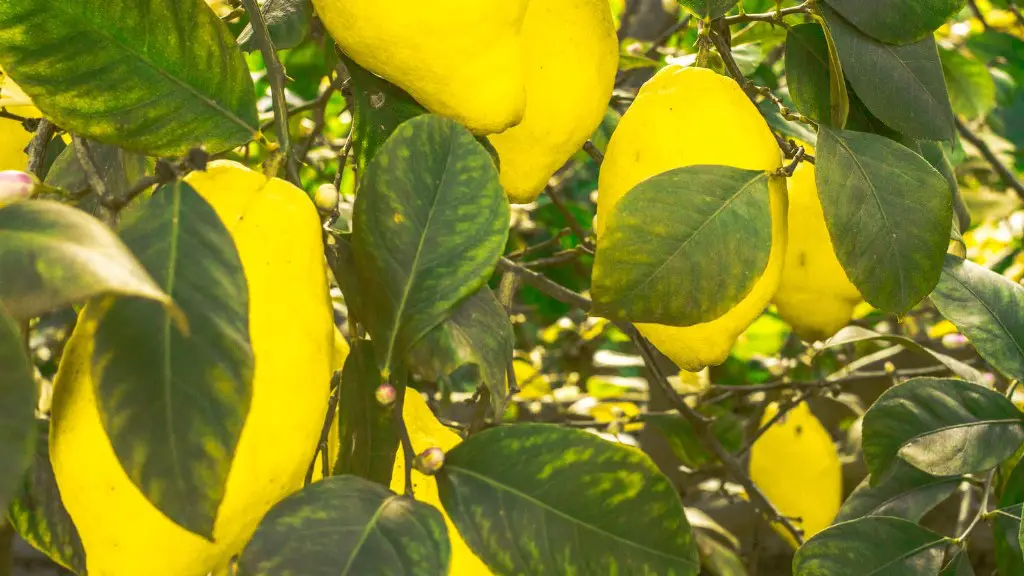Pruning a lemon tree seedling is a crucial step for healthy and abundant growth. To get the best out of your lemon tree seedling, it’s important to understand how to properly prune it. This article will give you the instructions on how to prune your lemon tree seedling correctly.
First, identify an area at the base of the tree that has four or five strong vertical branches. These are the main scaffolding branches of the tree and will be used as the base of your pruning. Trim away any shoots that don’t fit in with the vertical branches and remove any dead or diseased wood.
Next, prune off any smaller branches that don’t have enough foliage, but leave the ones that do have leaves on them. Then, remove any excess foliage or branches that are growing in an unnatural or unhealthy way. Pruning the branches in this way will help the tree to form an even and symmetrical shape.
Once you’ve pruned away the excess foliage, it’s time to prune away the main stems. To do this, grab a pair of pruning shears and cut them at a 45-degree angle as close to the stem as possible. Make sure not to leave any small stumps behind.
Another important pruning step for the lemon tree seedling is to thin the canopy. To do this, cut away any secondary branches that are overcrowding the tree or the main limbs. This will help to increase the amount of air circulation and light, allowing your tree to grow stronger.
Finally, prune away any small outwardly growing tips or shoots. These shoots will cause the tree to grow too long and it may become leggy and out of proportion.
With the right pruning techniques, you can ensure that your lemon tree seedling grows healthy and strong. As long as you follow these steps, your lemon tree will have a lush and productive future.
Understand Your Tree’s Needs
The first step to successful pruning of a lemon tree seedling is understanding its needs. While all trees require different care, there are a few general tips to keep in mind that will help you make sure your tree flourishes. Here are a few things to consider when pruning your lemon tree seedling.
Make sure your tree has enough space to grow, such as adequate sunlight and air circulation. This will help your tree from becoming too cluttered and overgrown with branches. It’s also important to consider your tree’s location. Make sure you prune away branches that are growing toward the building or toward a power line. Take into account potential hazards that could be caused by branches reaching out.
Check your tree’s roots to make sure they are not becoming over-extended. Long or overgrown roots can cause a variety of issues, such as nutrient deficiency, water stress, and even root rot. To prevent these issues, it may be necessary to prune some of the roots.
Also, inspect the tree for any diseases or pests that could be causing harm. Prune away any branches that appear to be diseased or infested, as this will prevent any further damage to the tree. Keeping an eye out for any potential hazards is the best way to ensure your tree is healthy and well taken care of.
Finally, make sure to use sharp and clean pruning shears or a small saw. Dull or contaminated tools may spread disease or cause a wound which can lead to future problems.
Timing During Pruning
Knowing the right time to prune your tree is another major step in pruning a lemon tree seedling. Ideally, you should prune in late winter or very early spring until the tree has budded and before flowering season begins. This will give the tree plenty of time to grow new shoots, which helps promote healthy pruning and growth.
If you must prune during warmer months, be sure to prune in the morning. This will allow the tree to recover and close wounds caused by the pruning quickly, as sunlight will not be able to reach the cuts until afternoon. Make sure to also keep an eye out for heat stress. If the tree looks wilted during hot days, make sure to give it a gentle spray of water.
It is also important to note that you should never prune away more than one-third of a tree’s foliage. Pruning too much can cause shock and decrease the tree’s productivity. It is best to prune the lemon tree lightly and frequently to maintain a healthy appearance.
Finally, be sure to keep the cuts clean and close to the branch. Long or jagged cuts can slow the healing process and can cause disease. Proper cutting techniques are essential to promote a healthy and strong growth of your lemon tree.
Maintaining the Tree After Pruning
Once you have properly pruned your lemon tree seedling, it is important to maintain it properly. Here are a few tips to help you take care of your tree.
Make sure to regularly inspect your tree for any signs of disease or other problems that may occur. Prune away any unnecessary branches or shoots, as these can cause overcrowding and decrease the tree’s efficiency. Also be sure to check for any branches becoming strangled or tangled, as these can cause weak spots and even breakage.
Regular fertilizing is also important after pruning. This will help to provide the tree with the nutrients it needs to stay healthy and promote growth. Also be sure to give the tree enough water. You can tell if the tree needs water by looking at its foliage. If the leaves are wilted or drooping, give them a light spray and check the soil, as this may be a sign of a lack of water.
Finally, make sure to mulch around the base of the lemon tree. This will help to retain moisture and reduce weeds, both of which are beneficial for the tree’s health.
Correct Pruning Techniques
When pruning a lemon tree seedling, it is important to use the correct techniques. Here are a few tips to keep in mind to make sure your pruning is done correctly and safely.
Always use sharp, clean pruning shears or a small saw in order to make quick and precise cuts. Long or jagged cuts can be damaging to the tree. Make sure to make the cut at a 45-degree angle as close to the branch as possible, without leaving any stumps behind.
Make sure to prune any secondary branches or shoots that are growing in an unnatural or excessive way. Doing this will help to keep an even and symmetrical shape to the tree. Also, be sure to cut away branches or foliage that are cluttering your tree and preventing air circulation or proper sunlight exposure.
However, make sure not to cut away too much. Pruning away more than one-third of a tree’s foliage can shock the tree and inhibit its healthy growth. It is best to prune lightly and frequently in order to maintain a healthy appearance.
Storing Pruned Branches
Make sure to clean up any pruning debris and properly store away any branches removed from the tree. Pruned branches should never be discarded in the trash, as doing so can spread disease or pests.
Instead, you can use the removed branches as fertilizer or kindling for your fire. You can also use them to create natural decorations or birdhouses. If you have a compost pile or a green waste bin, you can also toss the pruned branches into it.
Finally, if you are planting more lemon trees, you can use the pruned branches as stakes for the trees. This can help to give the trees more stability and protection against wind.




